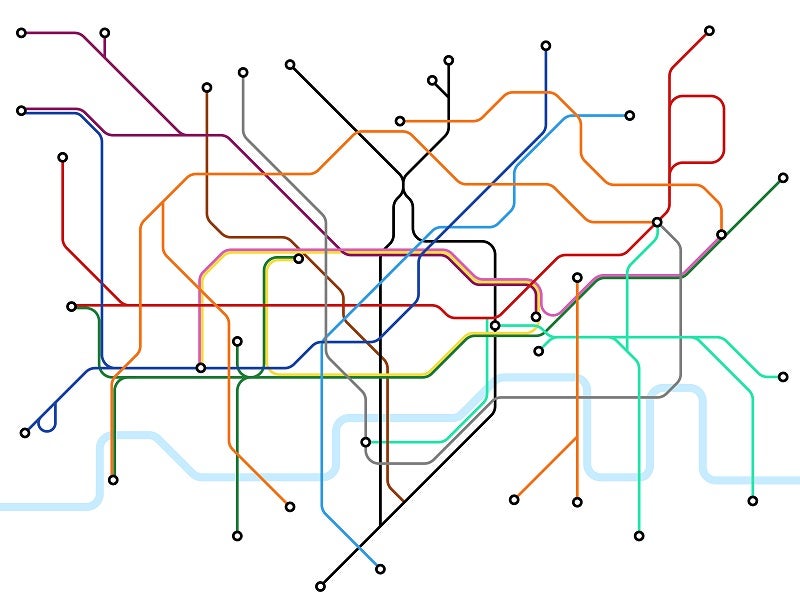
Ask any Londoner what they think of the Underground, and they’ll say it’s the beating heart of the capital’s economic and touristic activities, as well as the quickest way to get around the city – but probably no one will ever tell you how much they love using it.
That is because, as vital as it can be for workers and tourists to travel, the Tube is one of the most hectic and stressful transport systems in the world, serving some 1.35 billion passengers per year and spreading across 420km of tracks.

Discover B2B Marketing That Performs
Combine business intelligence and editorial excellence to reach engaged professionals across 36 leading media platforms.
Nevertheless, for old and new customers looking to keep their blood pressure at reasonable standards, it is strongly suggested to avoid peak hours, and, as new research by British software company PowWowNow suggests, it would be wise to keep away from certain stations altogether.
King’s Cross St Pancras
Whatever direction you’re coming from –whether via car, tube or walk – you’ll know you’re reaching King’s Cross St Pancras when traffic will start slowing down and you’ll even have to queue to cross the road.
As such, seeing it top the chart as London’s most stressful station is certainly not a surprise. Comprising of two separate but communicating hubs – King’s Cross and St Pancras – the station connects six tube lines and provides train services to several locations in the UK including Gatwick and Stansted airports.
Bank & Monument
Often a cause of confusion – as well as, obviously, stress – for tourists is the duo Bank and Monument, two interconnected stations that overall host 120 million passengers a year and six different underground lines, including the much despised Central Line.

US Tariffs are shifting - will you react or anticipate?
Don’t let policy changes catch you off guard. Stay proactive with real-time data and expert analysis.
By GlobalDataTfL is currently carrying upgrade works at this terminal in order to increase its overall capacity by 40%. Once completed, this will be a huge relief for commuters who regularly fight for a space on Bank’s narrow platforms.
Stratford
Slightly decentralised compared to King’s Cross and Bank & Monument, Stratford is nevertheless the third busiest and most energy-consuming station in London.
A key interchange hub especially during the 2012 Olympic Games in the capital, Stratford makes for a strategic location between central and south-east London and a point of convergence of five lines.
Waterloo
PowWowNow’s research may have declared King’s Cross tube station the busiest (alongside most stressful) in London, but when it comes to both tube and railway services, nowhere is busier than Waterloo.
The central London hub, which is located near popular touristic attractions such as the London Eye and the Houses of Parliament, serves an impressive 100.3 million passengers per year and saw over 90 million entries in the tube in 2017.
Victoria
Not far from Waterloo is Victoria, London’s fifth most stressful underground station and another focal point of attraction for both tourists and workers, who can reach it via three different lines.
According to PowWowNow’s research, the hub – located a short walk from Buckingham Palace – also saw the second most mixed and negative mentions on social media after Bank & Monument. Inaugurated in 1860, Victoria station provides train services to popular southern locations such as Brighton and Epsom.
Oxford Circus
If terminals like King’s Cross and Bank can be particularly stressful for those who use them to go to work, Oxford Circus is both a dream and the nightmare of all tourists.
The epicentre of the most famous touristic area in the capital, Oxford Circus attracts all the best high street fashion brands at a short distance from Hyde Park, Covent Garden and Fitzrovia. It’s better to avoid going there during the weekend, when the concentration of tourists and locals reaches unbearable levels.



